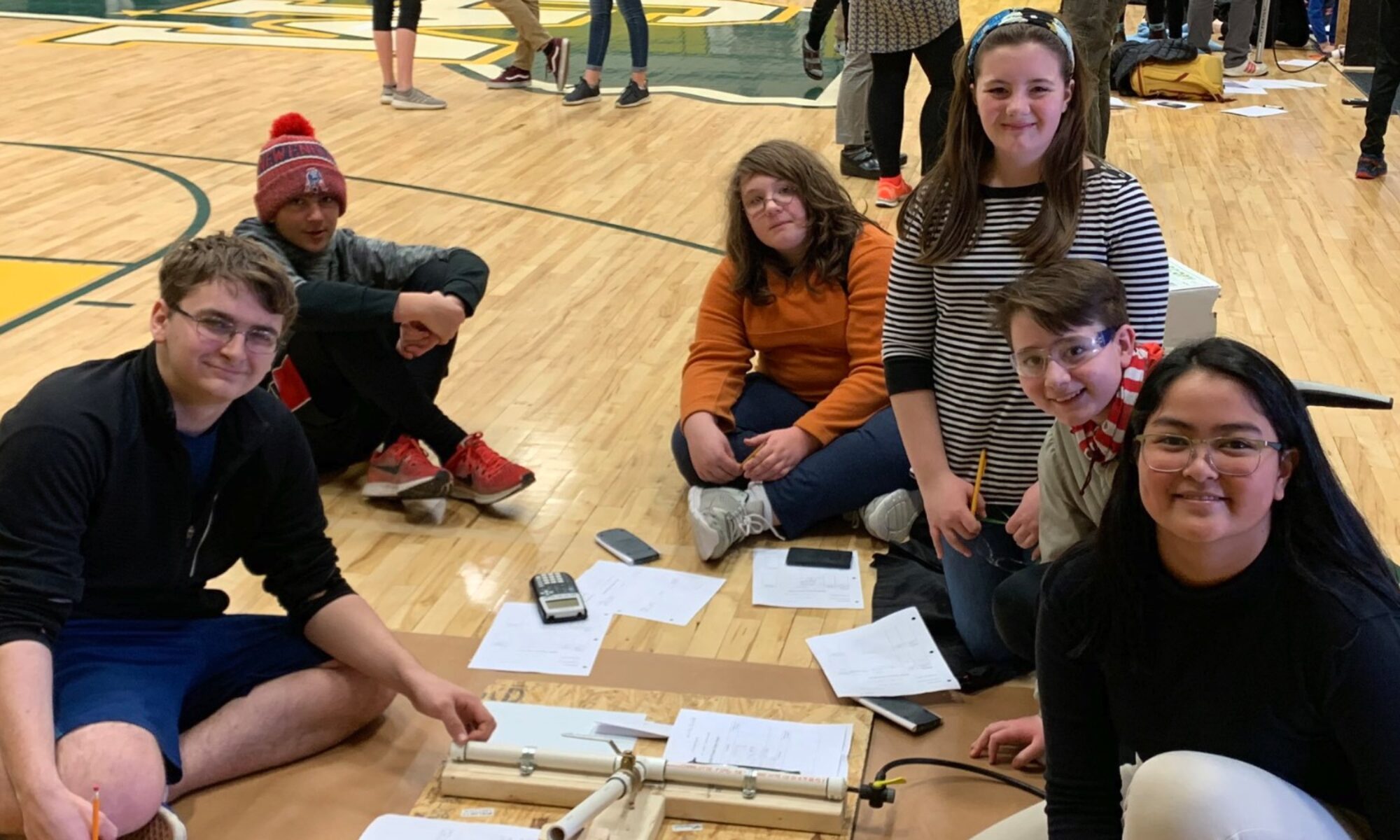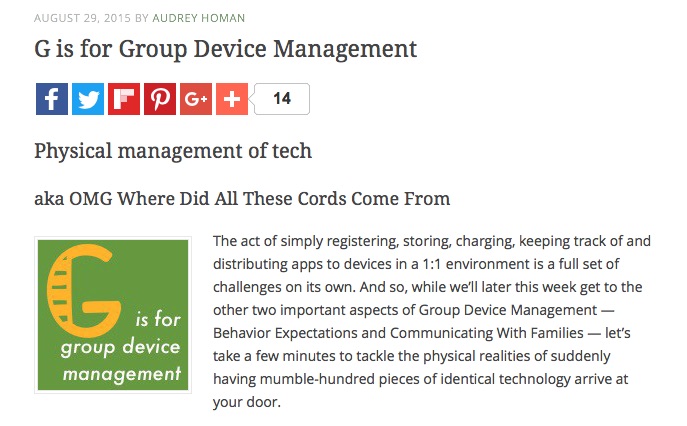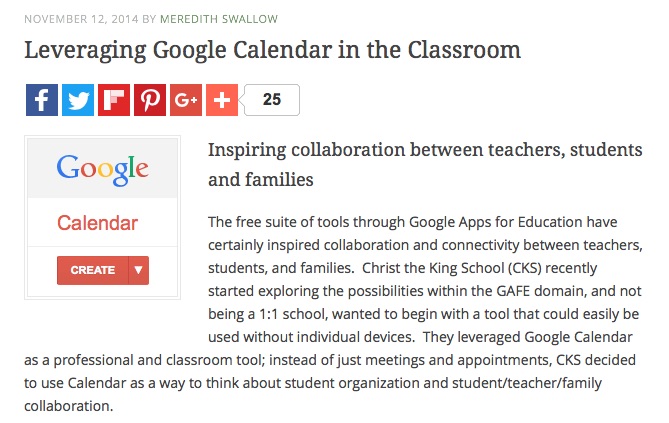“Where did I put that cord? My computer is dead!”
 How many times have you heard this in your classroom? So much of middle school is developing systems to stay organized: “How do I get to all these classes? How do I open my locker?” And with the addition of technology: “How do I keep track of my school computer? Which Google Doc is the homework in? ”
How many times have you heard this in your classroom? So much of middle school is developing systems to stay organized: “How do I get to all these classes? How do I open my locker?” And with the addition of technology: “How do I keep track of my school computer? Which Google Doc is the homework in? ”
Let’s look at 4 ways students can learn independence and grow leadership through the care and organization of technology.
When disorganization strikes
“Ms. Farber, I can’t find my cord! I put it in my slot on the computer rack yesterday, and today it isn’t there.” 6th grader Shana is put out. Her arms are crossed angrily over her chest. She wants me to solve her problem, and now.
I visit the computer rack.
Several computers are missing cords. The ones that remain lie jumbled in a pile.
I check the student jobs chart and walk over to Molly, the student who this week has the job of helping to organize classroom tech. “Molly, looks like we need your help. The power cords are a mess and Shana can’t find hers.”
Molly sighs, but gets up from her project on the floor. “Okay,” she says, “let me check the numbers and see which one is hers.” She grabs her computer and pulls up the Google Sheet matching cord numbers to students. Scanning the room, she spies Shana’s cord on someone else’s computer. She points.
I head over to Phillip, working with his computer in his lap, his chair leaning precariously backwards. “Buddy, looks like that’s Shana’s cord.”
“Oh,” he says sheepishly, “I borrowed it. I keep forgetting to bring mine back in from home.”
“Okay,” I say, “What plan can we develop to help you remember? What do you think will work?”
And this is just wrangling classroom hardware! Throw in digital portfolios, online resources, PLP evidence, Google tools and plain old middle school drama, and you’re facing a hurricane named Tween Meltdown. May we present 4 ways to help middle school students organize their tech? Roll tape!
1. Get on top of those Google Docs
Oh, the Google Docs! The many, many many Google Docs and their ambiguous titles.
Have students come up with a naming convention
For example, the grade level they are in (students don’t want to have to sort through years of Docs!), the subject, or the teacher surname. If I had a dollar for every student that named a doc aaaaaaaa! or something like that, I would have many dollars.
Empower your students to come up with a naming convention that works for them. Make it a collaborative classroom conversation, so everyone buys into the system from the start.
Embrace the folder tree
A finely detailed and well thought-out tree of Google folders is a thing of intense beauty. As a class, talk about why to organize the folders, and then build a totally non-virtual tree on one classroom wall:
Start with this checklist or this video as a discussion piece:
Then grab that construction paper and have students get up and move their folders around the “tree” and explain why which leaf goes where.
Yes, some students can be doing a lovely tree trunk in watercolors. You’re here to get the buy-in, so bust out all the good stuff.
Leave the tree up during the year. Revisit it as a class. Does it still make sense? Does it need more branches? Who’s up for painting birds on?
2. Establish classroom norms around device management
This article shares computer management systems and tips for teachers, including this:
“Most teachers have a cart or cabinet that can charge a classful of laptops or iPads overnight, often a key resource because classrooms tend to lack outlets. Even with the carts, however, teachers will inevitably be faced with devices running out of battery power during a lesson at some point, so having set procedures for such situations is important. At MS2, Christian’s 6th graders know to head toward a charging station at the back of the room if their laptop dies.”
Middle school students might need check in times about charging or procedures to help them remember to plug in their computers at the end of the day. Build this into the schedule!
Take stock as the year goes on: are you encountering Missing Cord Syndrome too often? Time for an overhaul!
3. Use a Learning Management System (LMS)
Learning management systems can be huge: they’re a complete system for pulling all the details into one online environment. Even if you do have paper assignments floating around (no judgment) there are copies in the LMS. Deadlines? Check the LMS. Learning scales? LMS!
Your school may already be using an LMS, so let’s look at how, specifically, they can be used for organization:
Schoology
Jonah Ibson, a 9th grade teacher from Harwood Union Middle School in Moretown VT, put together an exhaustive tour as to how he and his team uses Schoology in the school’s 1:1 iPad-based environment.

edmodo
Google Classroom Calendar
Wait, what?
Shazam! Christ the King School, in Burlington VT, turned their love of Google Apps for Education into a way of life: they use Google Calendar to organize assignments, resources (Google Docs!), device days, events and extra-curricular activities, and tie it all in to family communication. Holy synchronized Swatches, Batman!
4. Partner with parents on student-specific solutions
No single organizational solution will work for every student. But you know who’s super-invested in keeping students organized? Their families.
Parents really (really) want their kids to develop organizational and management skills. Listen to students who are struggling with any of the methods listed above. Realize that technology can provide powerful solutions as well as boondoggles. Invite tech-savvy parents to share the systems that work in their house, and see how those systems can mesh with your classroom.
- How do devices stay charged at home?
- How do devices stay located at home?
- How does the student organize apps or resources on their own device?
- What are some ways families can support better organizing methods around tech?
“This year EVERYTHING went on an iPod Touch. He takes pictures of the assignments the teacher writes on the board. He takes pictures of the worksheets so he can’t lose them. He takes pictures of his assignments so he can print them out again if (when) he loses them. He enters his assignments in an app that is fantastic for keep track of assignments. He does his writing assignments on Google Docs, which are accessible from anyplace that has internet. He shares them with his teachers or can access them from his iPod and print them out. His teachers (bless them) will also let him just show them the picture and give him credit. ”
How do you help students get organized in middle school?




Great post Katy. Loved it.
I don’t think the title of your article matches the content lol. Just kidding, mainly because I had some doubts after reading the article.